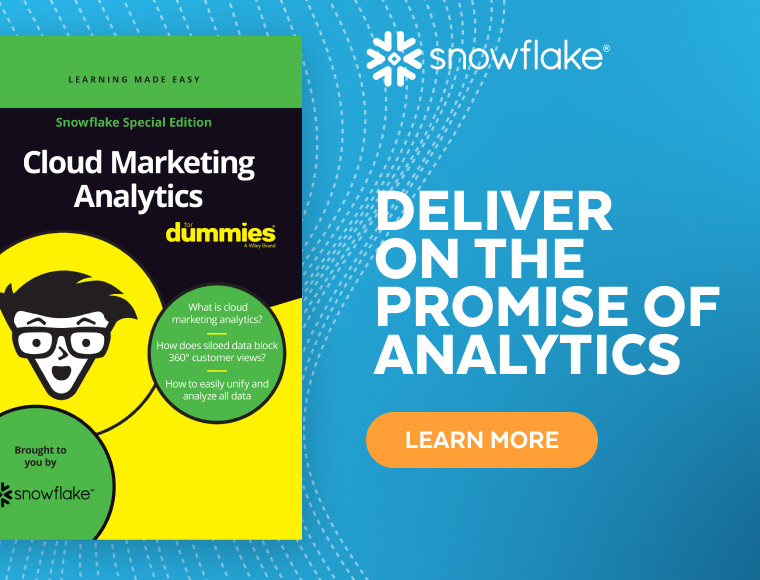Mapping the Customer Journey with Marketing Analytics
The customer journey has become a popular buzzword in marketing organizations. But what exactly does it entail? First, it is best to state what it is not -- the customer journey is not inclusive of the customer experience. A customer experience is about perception: how does a customer rate or value its interactions with your business. It is more personal.
The customer journey can be mapped around hard data -- it measures customer touchpoints or interactions throughout every stage of the customer lifecycle, from outreach to the sales cycle to close and then back to repeat business. These types of interactions are much more measurable:
- Where did a customer engage with your business?
- With what tool/app and for how long?
- How long did it take to move between sales stages or for B2C, from first engagement to final sale?
So, a customer journey includes all customer interactions across every channel and every device throughout the full customer lifecycle, from awareness to repeat business or churn.
In today's sale and ecommerce environments, businesses use a growing amount of channels to reach their customers. And these channels, whether apps, online, field events, bricks and mortar promotions, or other media, are constantly generating data. Modern marketers need to first corral all these first-party data points (often in different formats with high variable volume and frequency) and then derive insights from them.
Customer Journey Mapping
Given the challenges above, marketers are building customer journey maps to better align marketing efforts with sales outcomes. A good customer journey map helps visualize all of the touchpoints in the customer lifecycle. Mapping benefits include but are not limited to:
- Pinpointing where and how customers interact with your business
- Helping identify if the current stages in the journey are optimal or even in the right order
- Creating an outside in look at existing marketing and sales processes
Snowflake and Optimizing the Customer Journey
Customer journey mapping is only the first stage - giving you a lay of the and The next stage must progress to more in-depth marketing analytics, which can then help you determine - or test - the validity of the current journey configuration. Snowflake's Data Cloud provides marketers with the essential infrastructure to drive data driven marketing results. Whether you are acquiring or building a Customer Data Platform to achieve Customer 360 views, creating advanced queries for business analysts, supporting BI or ML marketing efforts, or seeking to augment existing first-party data streams with outside sources, Snowflake can help you become a more data-driven organization. The Data Cloud provides a elastic Cloud Data Warehouse and Data Lake that can effortlessly unify diverse data streams for analytics or sharing (without the need for ETL), as well a growing Data Exchange and Snowflake Marketplace where customers can acquire, share, or monetize marketing data from a wide range or sources.
To learn more about Snowflake for Marketing, check out these eBooks:
5 Tips for Implementing a Customer Data Platform
Moving from Basic to Advanced Marketing Analytics
